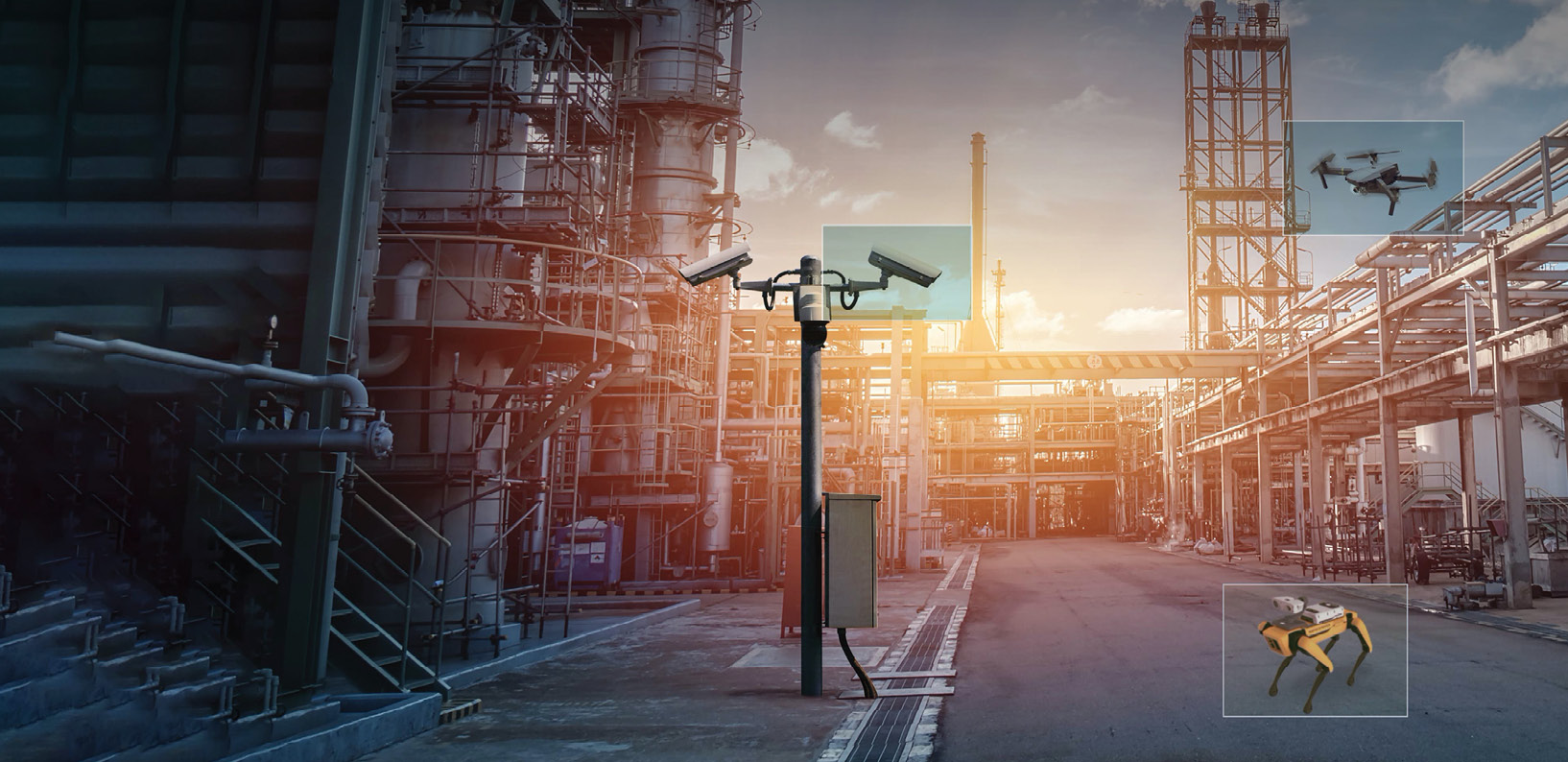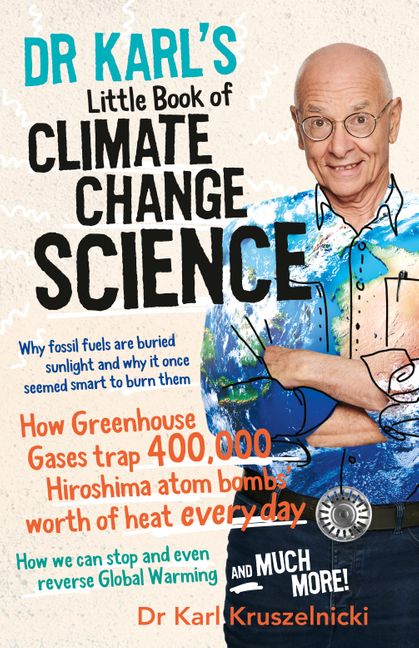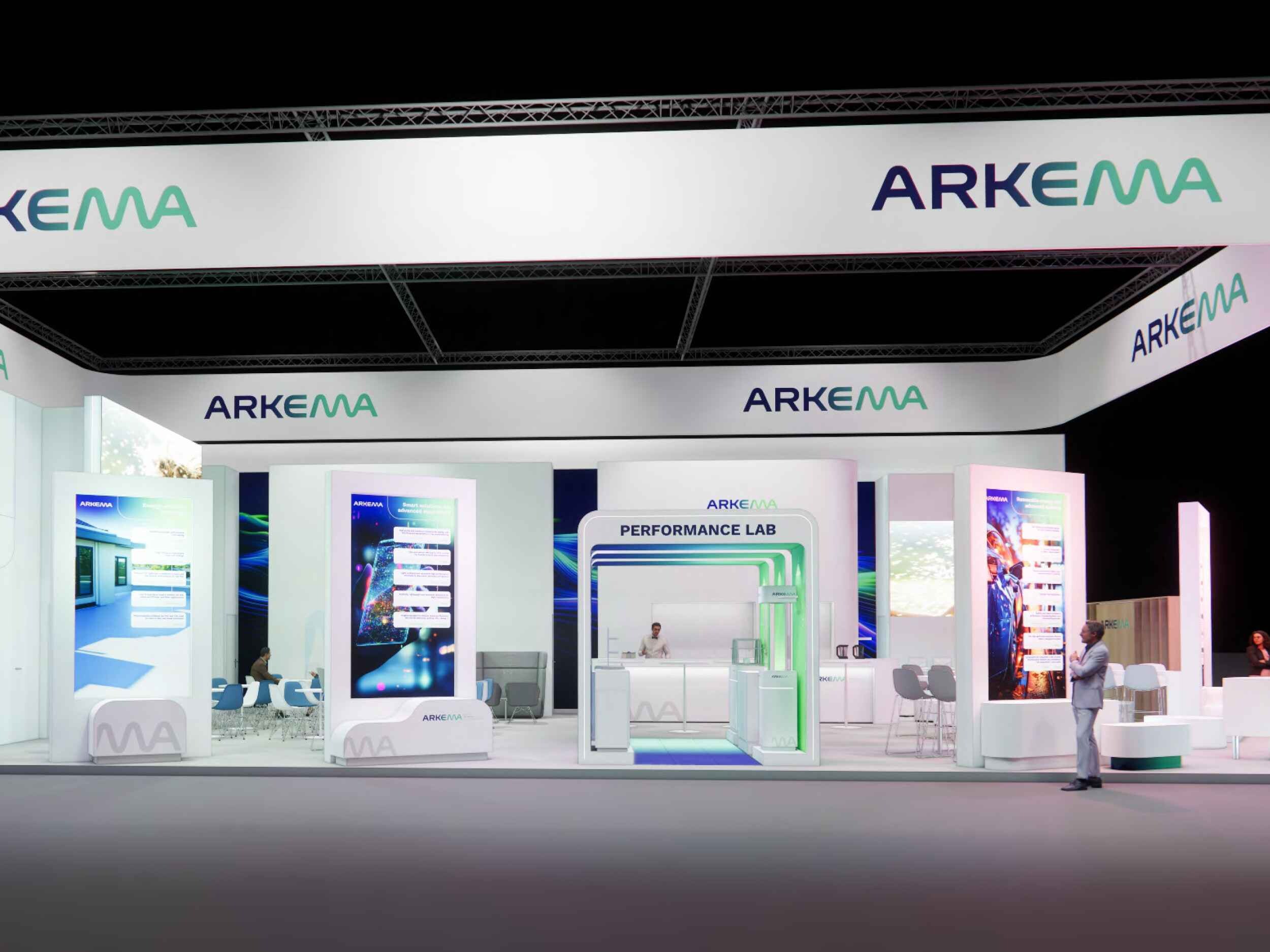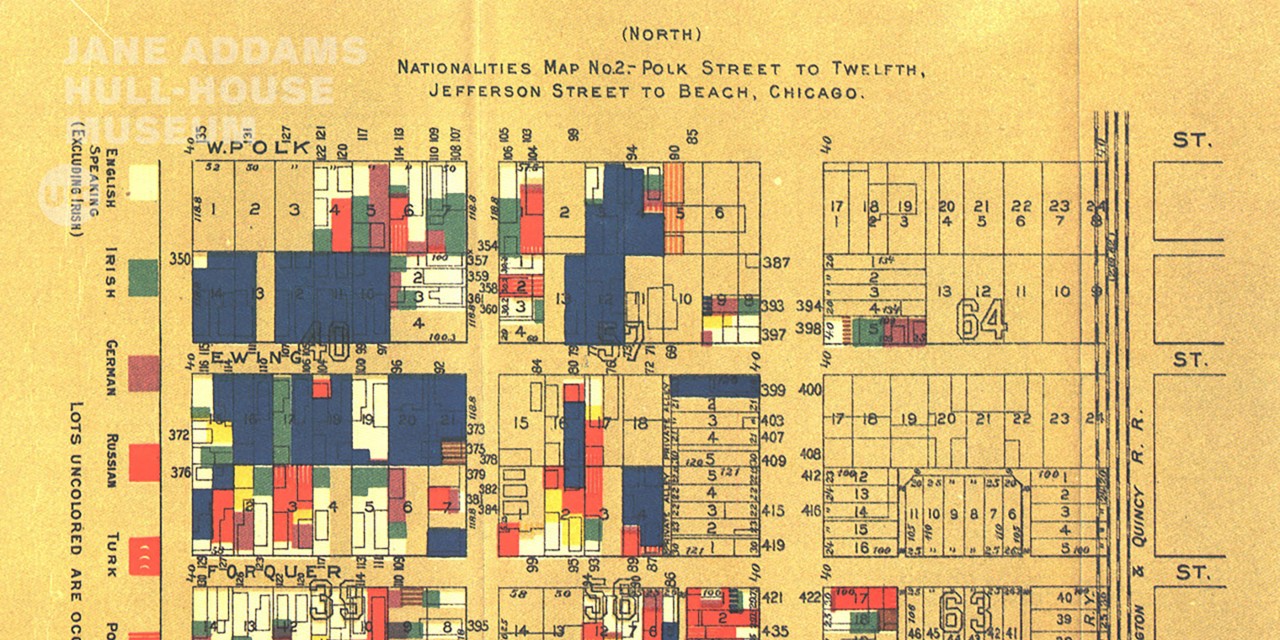Report on Methane Emission Reduction Initiatives and Alignment with Sustainable Development Goals
Introduction: Addressing Methane Emissions Through Technological Innovation
Methane (CH4) is a significant greenhouse gas with a global warming potential 28 times greater than carbon dioxide (CO2). Reducing methane emissions is a critical component of global efforts to combat climate change, directly aligning with Sustainable Development Goal 13 (Climate Action). TotalEnergies has prioritized this issue, establishing a goal of achieving near-zero methane emissions from its operations by 2030. A key instrument in this strategy is the AUSEA (Airborne Ultralight Spectrometer for Environmental Applications) technology, a pioneering solution for detecting and quantifying emissions under operational conditions.
The AUSEA Initiative: A Partnership for Sustainable Development
Collaborative Innovation for SDG 17
The AUSEA technology is the result of a multi-stakeholder partnership initiated in 2017, reflecting the principles of SDG 17 (Partnerships for the Goals). This collaboration brings together:
- TotalEnergies
- The French National Centre for Scientific Research (CNRS)
- The University of Reims Champagne-Ardenne
This partnership leverages academic research and industrial application to create effective environmental solutions.
Technological Capabilities and Contribution to SDG 9
The AUSEA system represents a significant advancement in sustainable industrial technology, contributing to SDG 9 (Industry, Innovation, and Infrastructure). Its core features include:
- An ultralight sensor mounted on a drone, enabling access to remote or hard-to-reach emission sources.
- A diode laser spectrometer capable of detecting and quantifying both methane and carbon dioxide emissions.
- High-precision measurement capabilities, with an accuracy threshold for methane detection greater than 1 kg/h.
Operational Deployment and Performance Metrics
2022 Emission Measurement Campaign
A comprehensive measurement campaign was executed in 2022 to validate the technology and gather critical data, advancing progress toward SDG 12 (Responsible Consumption and Production) by improving the management of natural resources. Key outcomes of the campaign include:
- Coverage of 95% of the company’s operated upstream production sites.
- Execution of over 1,200 AUSEA flights.
- Deployment across 125 sites in 8 different countries.
Future Developments: Automation and Scalability
The long-term objective is to evolve AUSEA into a fully autonomous system to enhance monitoring efficiency and data immediacy. Research and development efforts are focused on creating:
- An unmanned drone navigation system.
- Automated, real-time data streaming to servers.
- Instantaneous data processing and reporting capabilities for on-site operators.
This automation will increase the frequency of measurements and provide immediate, actionable results, further strengthening responsible production practices.
Strategic Objectives and Commitment to Global Goals
Corporate Emission Reduction Targets
TotalEnergies has established a clear roadmap for methane emission reduction that exceeds recognized international benchmarks. The company’s commitments, relative to a 2020 baseline, are:
- A 50% reduction in methane emissions by 2025 (a target achieved in 2024, one year ahead of schedule).
- An 80% reduction in methane emissions by 2030.
These targets build upon a previous achievement of halving methane emissions between 2010 and 2020. The ultimate objective is to attain near-zero methane emissions from all operated assets by 2030.
Exceeding International Standards and Promoting Sector-Wide Action
The company’s target of an 80% reduction by 2030 surpasses the 75% reduction outlined in the International Energy Agency’s (IEA) Net Zero Emissions by 2050 scenario. In a further commitment to SDG 13 (Climate Action) and SDG 17 (Partnerships for the Goals), TotalEnergies is making the AUSEA technology available to other industry operators. This initiative encourages a collective, sector-wide movement towards the goal of zero methane emissions, amplifying the positive impact on global climate objectives.
1. Which SDGs are addressed or connected to the issues highlighted in the article?
The article on TotalEnergies’ efforts to reduce methane emissions using AUSEA technology connects to several Sustainable Development Goals (SDGs). The primary focus on mitigating a potent greenhouse gas directly addresses climate action, while the methods and collaborations involved touch upon innovation, responsible production, and partnerships.
-
SDG 13: Climate Action
This is the most central SDG. The article’s entire premise is about reducing methane emissions, which it identifies as “a greenhouse gas with a global warming potential 28 times higher than that of CO2.” The company’s stated goal of “near-zero methane emissions from our operations by 2030” is a direct measure to combat climate change.
-
SDG 9: Industry, Innovation, and Infrastructure
The article highlights the development and deployment of a new technology, AUSEA (“Airborne Ultralight Spectrometer for Environmental Applications”). This represents a significant innovation in industrial monitoring. The text describes it as a “drone-mounted ultralight CO2 and CH4 sensor” developed to solve the problem of detecting emissions from “hard-to-reach emission points.” This focus on technological advancement to make industrial processes more sustainable aligns with SDG 9.
-
SDG 7: Affordable and Clean Energy
While the article discusses fossil fuel operations, it focuses on making them “cleaner.” The effort to reduce methane emissions is a key strategy to lessen the environmental impact of current energy production. The article mentions that its targets exceed the IEA’s “Net Zero Emissions by 2050 scenario,” linking its actions to global roadmaps for a cleaner energy future.
-
SDG 12: Responsible Consumption and Production
The initiative described is a clear example of a company taking responsibility for its production patterns. By actively working to “halve our methane emissions” and setting further reduction targets, TotalEnergies is adopting more sustainable practices and reducing the release of pollutants into the atmosphere, which is a core principle of SDG 12.
-
SDG 17: Partnerships for the Goals
The article explicitly states that the AUSEA technology was “developed in cooperation with the French National Centre for Scientific Research (CNRS) and the University of Reims Champagne-Ardenne.” This public-private-academic partnership is a model for achieving the SDGs. Furthermore, the company is “making AUSEA technology available to certain operators to encourage the entire sector,” demonstrating a commitment to broader collaboration.
2. What specific targets under those SDGs can be identified based on the article’s content?
Based on the article’s content, several specific SDG targets can be identified:
-
Target 13.2: Integrate climate change measures into policies, strategies and planning.
TotalEnergies has integrated climate change measures into its corporate strategy. The article outlines a clear “action program targeting each of the emission sources” and sets ambitious corporate targets: “a 50% reduction in our methane emissions by 2025… and 80% by 2030 compared to 2020 levels.”
-
Target 9.4: Upgrade infrastructure and retrofit industries to make them sustainable… with greater adoption of clean and environmentally sound technologies.
The deployment of AUSEA technology is a direct application of a “clean and environmentally sound technology” to upgrade monitoring capabilities and retrofit industrial operations. The goal is to make the infrastructure more sustainable by minimizing methane leaks.
-
Target 9.5: Enhance scientific research, upgrade the technological capabilities of industrial sectors… encouraging innovation.
The article details the development of AUSEA as a result of a research partnership. The long-term objective to create “a seamless and autonomous system” with “unmanned drone navigation” and “instantaneous data processing” shows an ongoing commitment to enhancing scientific research and technological capability.
-
Target 7.a: Enhance international cooperation to facilitate access to… advanced and cleaner fossil-fuel technology.
The development of AUSEA with French research institutions and the plan to make it “available to certain operators to enable them to carry out targeted detection campaigns on their own sites” is a form of cooperation to facilitate access to cleaner fossil-fuel technology on an international scale, as flights were conducted in 8 countries.
-
Target 17.17: Encourage and promote effective public, public-private and civil society partnerships.
The collaboration between TotalEnergies (private sector), CNRS (public research institution), and the University of Reims Champagne-Ardenne (academia) is a textbook example of the public-private partnerships that this target aims to promote.
3. Are there any indicators mentioned or implied in the article that can be used to measure progress towards the identified targets?
Yes, the article provides several explicit quantitative and qualitative indicators that can be used to measure progress.
-
Greenhouse Gas Emission Reductions:
This is the most direct indicator. The article provides specific metrics:
- A past achievement: “halved our methane emissions” between 2010 and 2020.
- A forward-looking target: “a 50% reduction in our methane emissions by 2025 and 80% by 2030 compared to 2020 levels.”
- An ultimate goal: “near-zero methane emissions from our operations by 2030.”
-
Technological Capability and Accuracy:
The performance of the AUSEA technology itself is an indicator of progress in innovation (SDG 9). The article specifies its capability: “detecting and quantifying methane emissions with a high level of accuracy (> 1 kg/h).”
-
Operational Deployment and Coverage:
The scale of the technology’s deployment serves as an indicator of how seriously the company is implementing its strategy. The article states that in 2022, “More than 1,200 AUSEA flights were carried out in 8 countries to cover 125 sites,” which accounted for “95% of operated sites.”
-
Partnership and Collaboration:
The existence and nature of the partnerships are indicators for SDG 17. The article names the partners (CNRS, University of Reims) and describes the collaborative action of making the technology available to other industry operators.
4. Create a table with three columns titled ‘SDGs, Targets and Indicators” to present the findings from analyzing the article. In this table, list the Sustainable Development Goals (SDGs), their corresponding targets, and the specific indicators identified in the article.
| SDGs | Targets | Indicators |
|---|---|---|
| SDG 13: Climate Action | 13.2: Integrate climate change measures into policies, strategies and planning. |
|
| SDG 9: Industry, Innovation, and Infrastructure | 9.4: Upgrade infrastructure and industries to make them sustainable with clean and environmentally sound technologies.
9.5: Enhance scientific research and upgrade technological capabilities. |
|
| SDG 7: Affordable and Clean Energy | 7.a: Enhance international cooperation to facilitate access to cleaner fossil-fuel technology. |
|
| SDG 12: Responsible Consumption and Production | 12.6: Encourage companies to adopt sustainable practices and integrate sustainability information into their reporting cycle. |
|
| SDG 17: Partnerships for the Goals | 17.17: Encourage and promote effective public-private partnerships. |
|
Source: totalenergies.com






